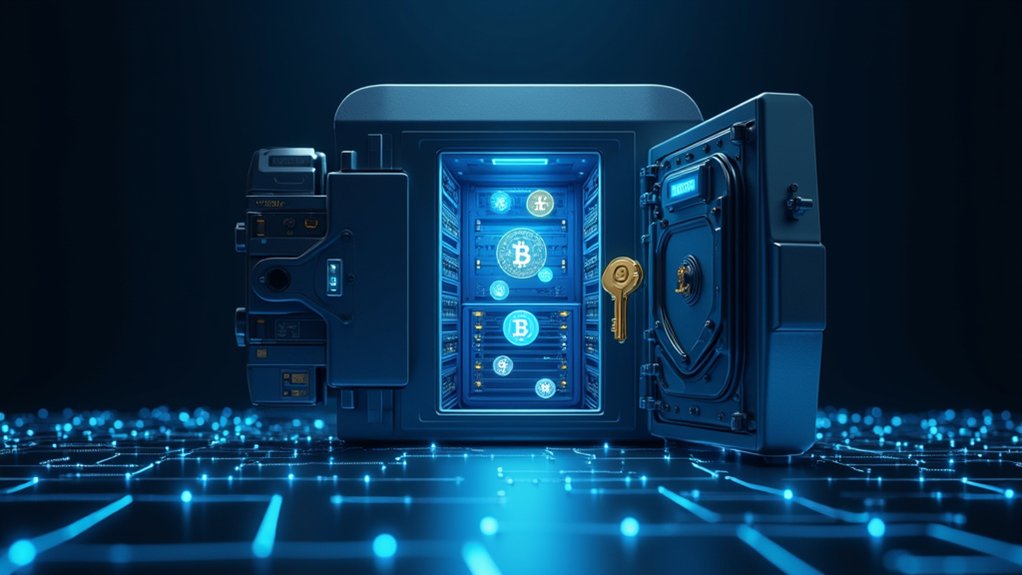Imagine this: a sprawling network of Wi-Fi hotspots, buzzing with data, scattered across the US like digital fireflies lighting up forgotten corners.
Picture a rural town, once lost in a cellular dead zone, now flickering to life with invisible waves of connection.
In April 2025, AT&T teamed up with Helium, through its developer Nova Labs, to make this vision real.
Their goal? To expand coverage, especially in underserved spots, by tapping into Helium’s decentralized network of over 62,000 active hotspots across the US and Mexico.
It’s a bold move, blending old-school telecom with a quirky, community-driven model.
Helium’s setup is, frankly, a bit wild.
Individuals and businesses set up “Hotspots”—small devices humming in basements or perched on rooftops—offering Wi-Fi, 5G, even LoRaWAN for IoT gadgets.
Owners earn crypto tokens, called HNT, based on usage.
It’s like getting paid to share your Wi-Fi, but with a blockchain twist.
Over 800,000 daily users already rely on this network, and now AT&T’s 117 million subscribers can join in, connecting seamlessly via Passpoint technology.
No passwords, no fuss—just a quiet handoff between cellular and Wi-Fi, as smooth as a whispered secret.
Behind the scenes, Solana powers Helium’s blockchain since its 2022 migration, handling transactions with speed and a reliability target above 99%.
The platform’s Proof of History consensus mechanism ensures precise transaction ordering and timing across the network.
Imagine data packets zipping along like cars on a freshly paved highway, no potholes in sight.
This lets Helium focus on growth, not tech headaches.
AT&T, meanwhile, gets real-time coverage metrics, a treasure map to optimize service, plus cost savings by leaning on community infrastructure.
This collaboration also marks a significant step as it represents the first major telecom adoption of decentralized blockchain infrastructure.
Hotspot owners? They’re grinning as data usage—and rewards—spike.
This partnership also leverages Passpoint for seamless Wi-Fi authentication, ensuring a secure and automatic connection for users.
Yet, there’s a tension here.
Can a telecom giant mesh with this decentralized, almost rebellious network without hiccups?
It’s like watching a suited executive dance at a punk rock show—intriguing, but will they step on toes?
The potential is electric: better coverage, stronger reliability, a whiff of innovation.
For now, those digital fireflies keep glowing, lighting up the gaps, one connection at a time, while everyone watches to see if this odd couple can truly sync.









